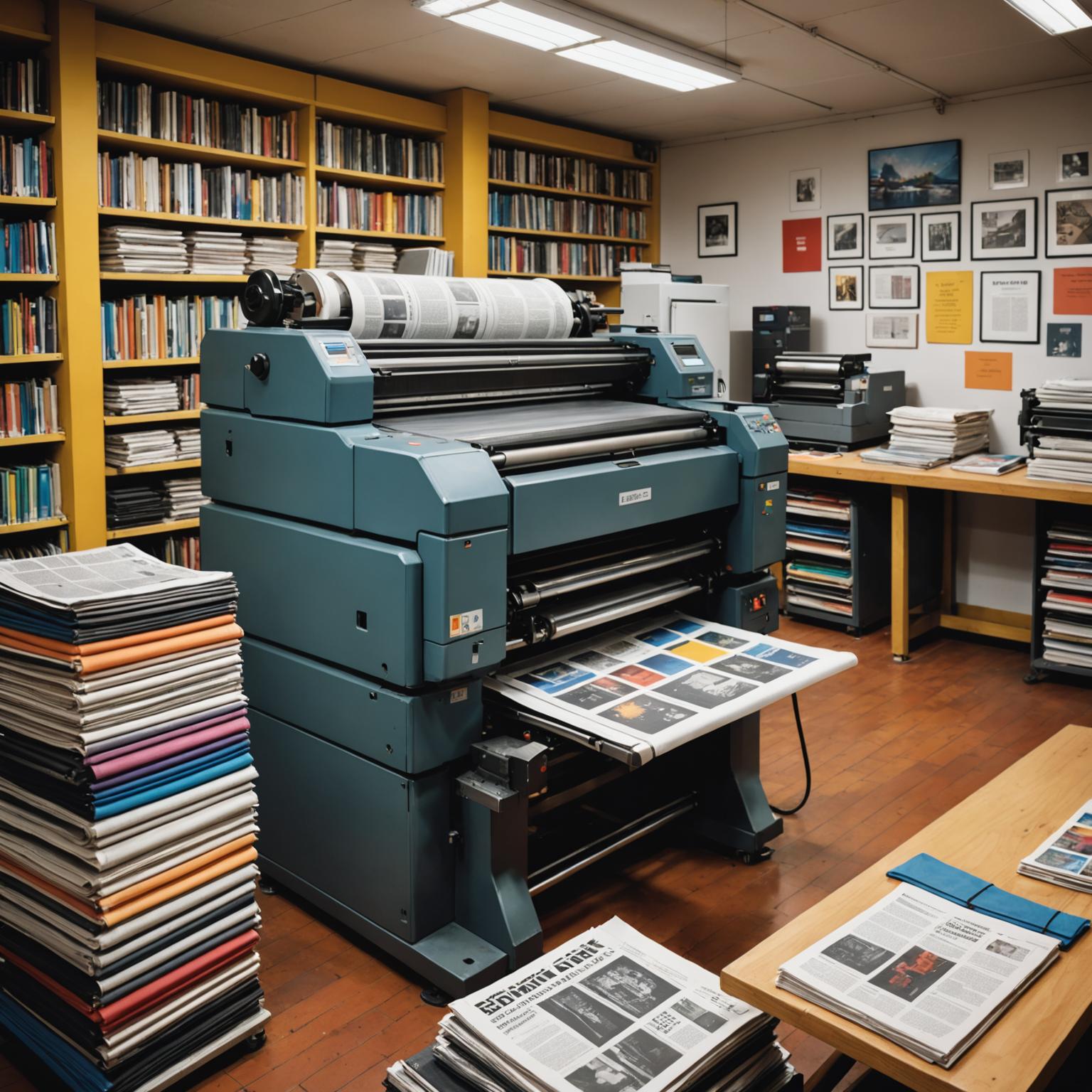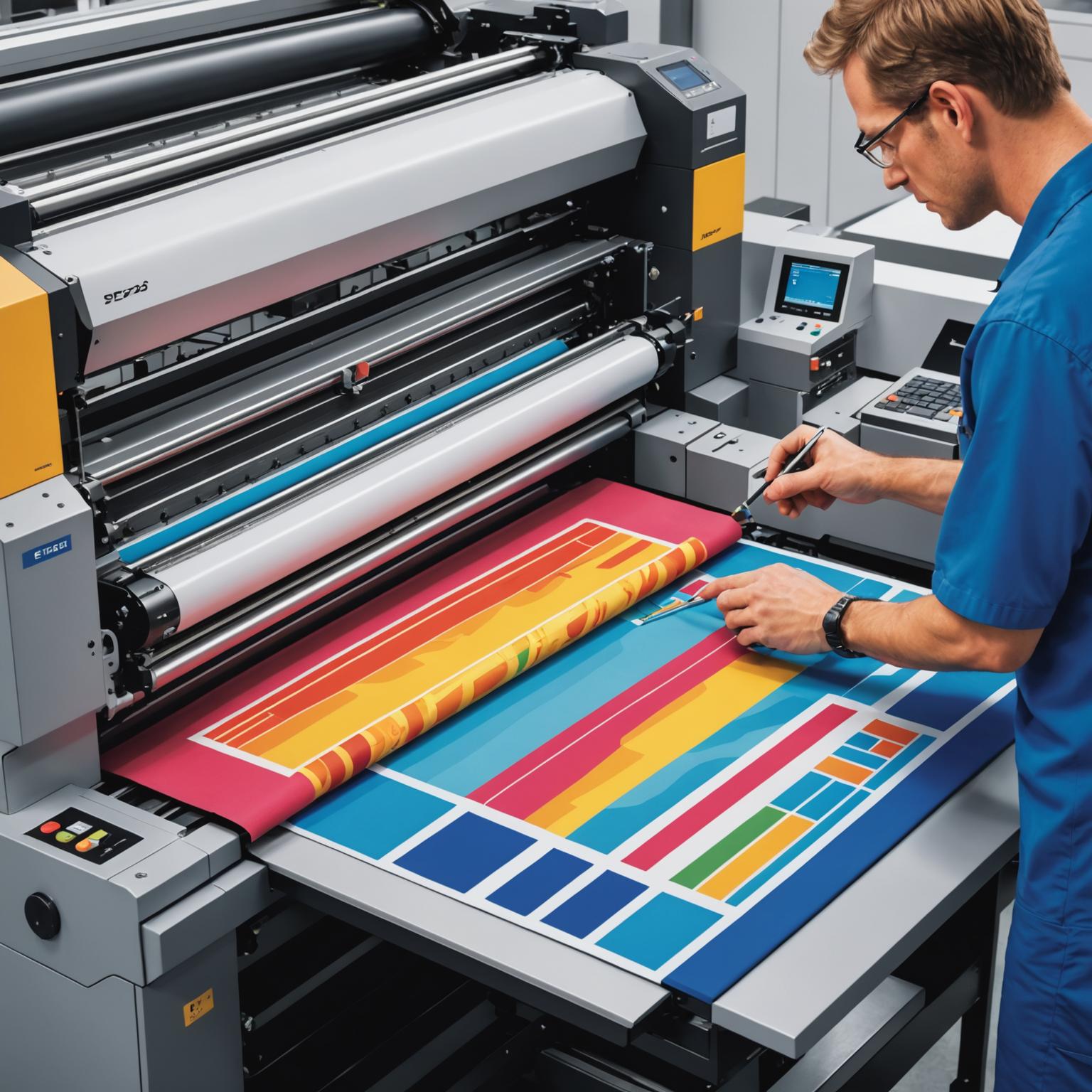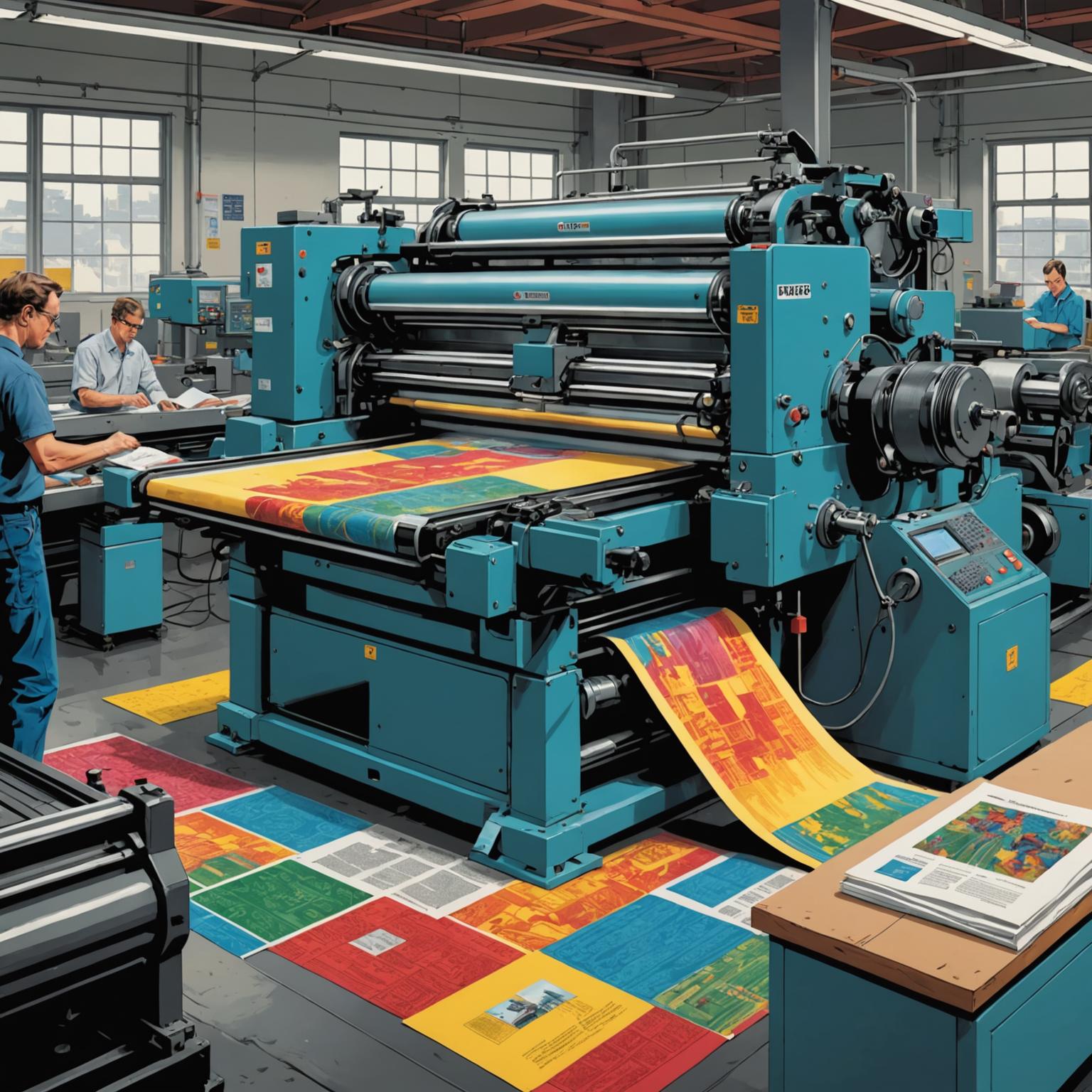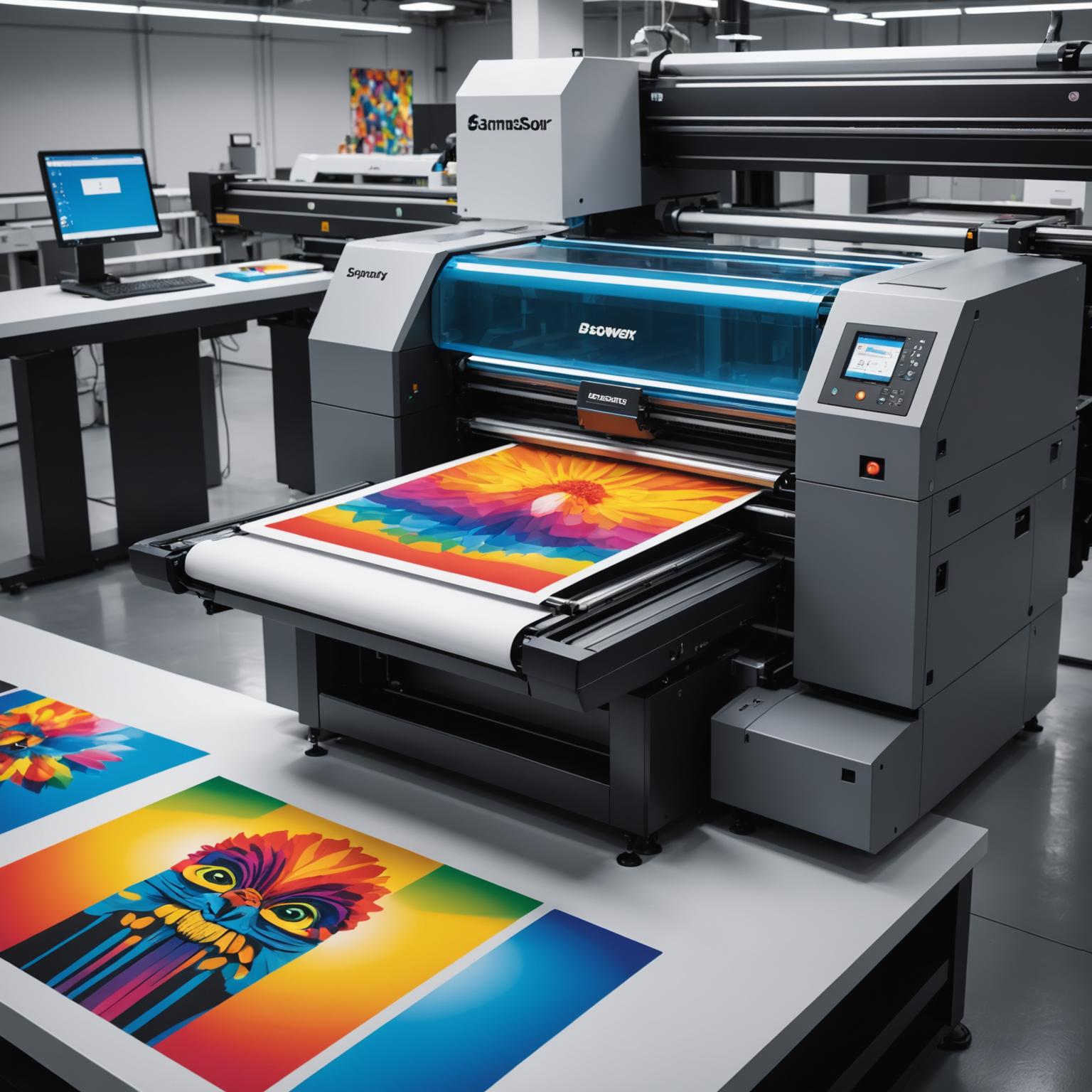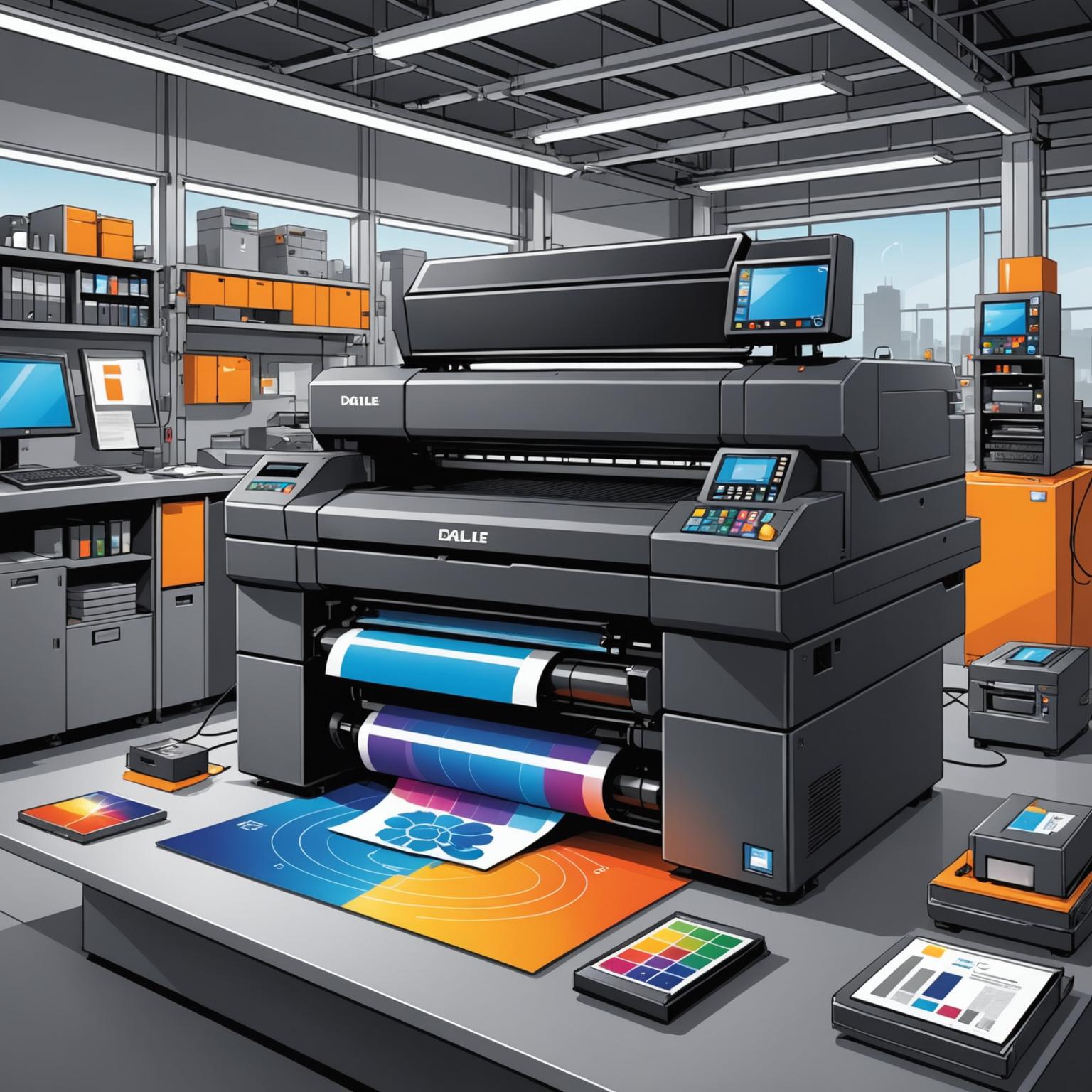The Unseen Guardian: An Introduction to Security Inks
In a world where counterfeit goods pose a significant threat to economies, consumer safety, and brand integrity, the fight against fraudulent products has become more sophisticated than ever. At the forefront of this battle are advanced solutions like security inks, a critical component in creating effective anti-counterfeiting measures. These specialized inks are not merely for printing; they are complex chemical formulations designed to provide overt, covert, and forensic features that are incredibly difficult for counterfeiters to replicate. From banknotes to pharmaceuticals, their application is a fundamental pillar of modern product authentication and brand protection, offering a layer of trust in an increasingly complex global market.
Decoding the Technology Behind Security Inks
What sets security inks apart from conventional printing inks are their unique physical and chemical properties that react to specific conditions or stimuli. These properties are classified into different levels of security. Overt features, like Optically Variable Ink (OVI), are visible to the naked eye and change color when viewed from different angles. Thermochromic inks are another overt feature, changing color in response to temperature variations, such as the heat from a finger. Covert features, on the other hand, require a special tool for verification. Ultraviolet (UV) or infrared (IR) fluorescent inks, for instance, remain invisible under normal light but glow brightly under a specific wavelength of light. Magnetic inks, commonly used in banking, contain magnetic particles that can be read by specialized sensors. The integration of these technologies onto a product or its packaging is what gives an anti-counterfeiting label its protective power.
The Critical Role of Inks in Anti-Counterfeiting Labels
An effective anti-counterfeiting label is a multi-layered security device, and the inks used are its most vital element. Instead of relying on a single feature, manufacturers often combine several ink technologies to create a robust and nearly impenetrable defense. For example, a high-security label on a pharmaceutical product might feature a color-shifting ink for quick visual verification by a consumer, a hidden UV fluorescent logo that a distributor can check with a blacklight, and a unique chemical marker that can only be verified in a lab for legal disputes. This layering strategy significantly increases the cost and technical expertise required for a counterfeiter to produce a convincing fake, making it an economically unviable endeavor. This comprehensive approach ensures that the anti-counterfeiting label serves as a reliable guard against fakes at every stage of the supply chain.
Beyond Banknotes: Diverse Applications of Security Printing
While most people associate security printing with currency and passports, its applications extend far beyond government documents. The technology is crucial in protecting high-value consumer goods, pharmaceuticals, electronics, and even event tickets. In the pharmaceutical industry, these inks help prevent dangerous counterfeit drugs from entering the market, safeguarding public health. For luxury brands, they authenticate products like watches and designer bags, protecting brand reputation and revenue. In electronics, they verify the authenticity of components, preventing system failures caused by substandard parts. This widespread use underscores the versatility and necessity of advanced printing technologies in maintaining authenticity and safety across numerous sectors of the global economy.


